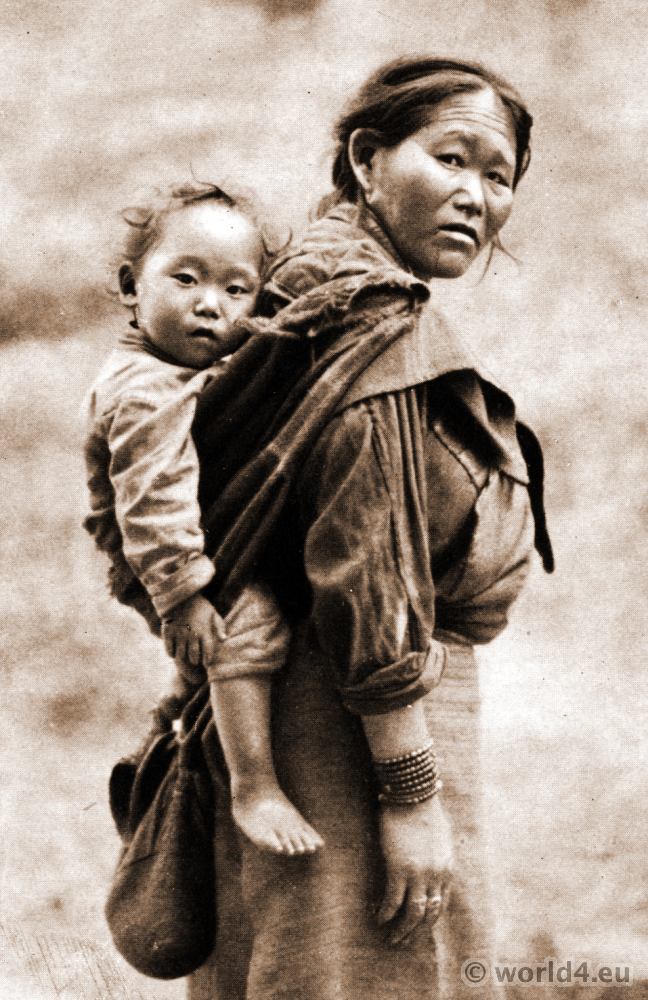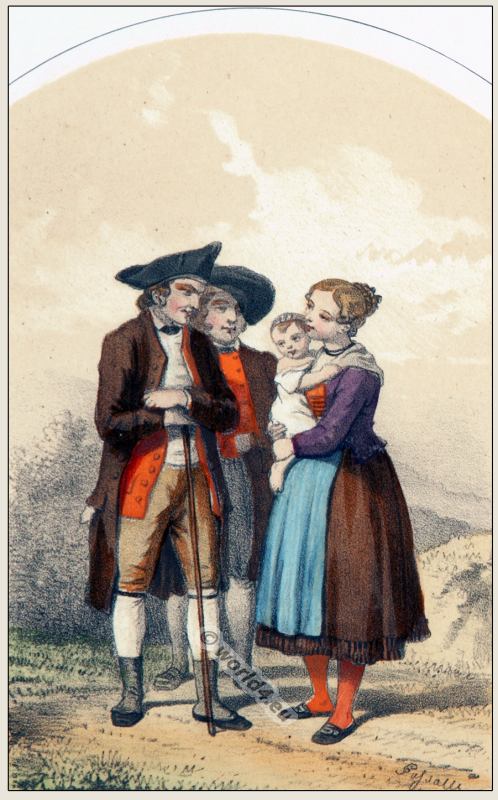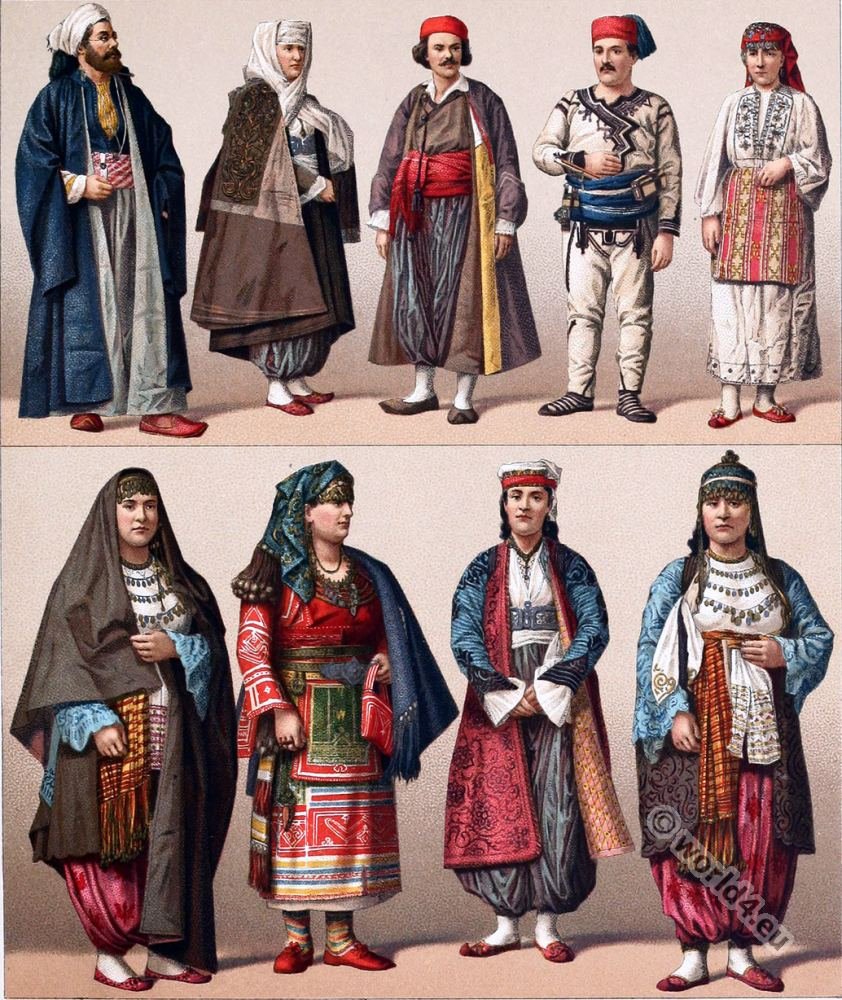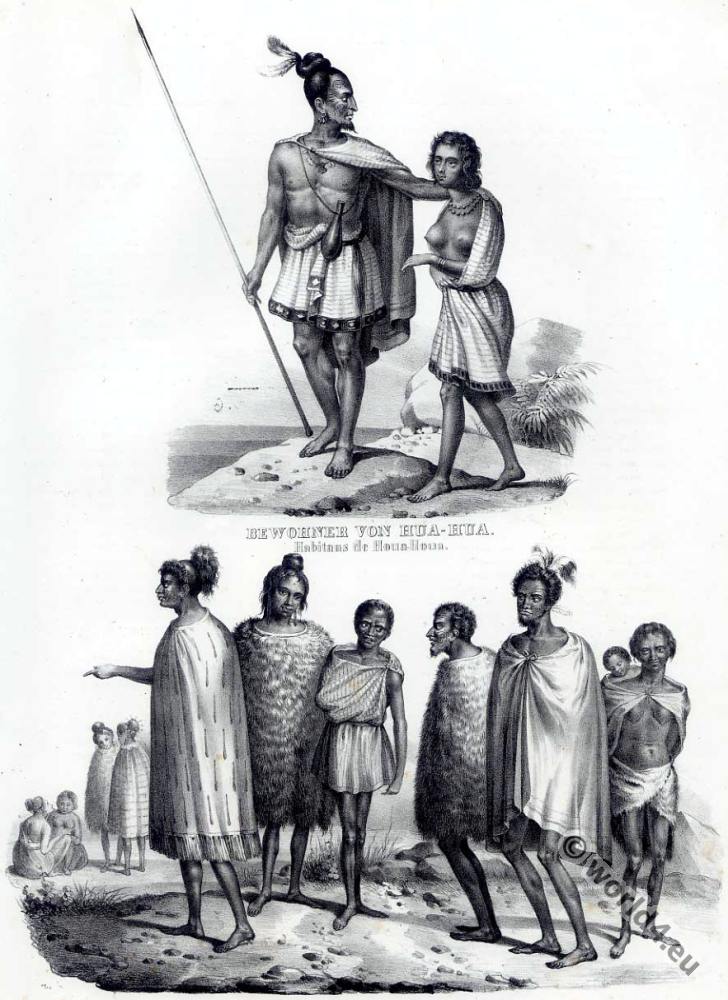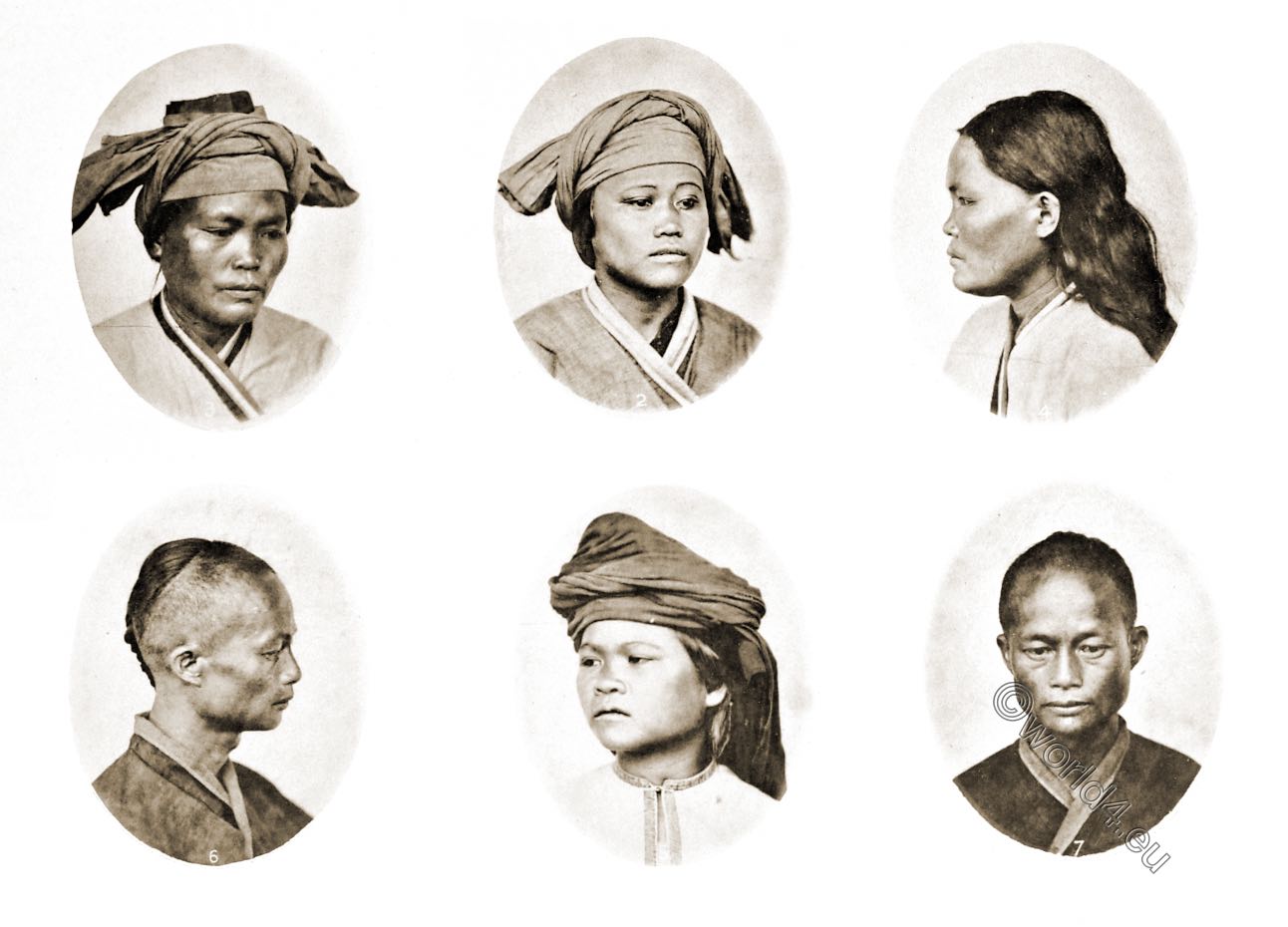
THE NATIVES OF TAIWAN (former name FORMOSA).
Pepohoan. Taiwanese Plains indigenous peoples
by John Thomson.
The Taiwanese Plains Indigenous Peoples, formerly known as the Pingpu, are the names to classify Taiwan’s aboriginal ethnic groups. The other name is the Gaoshan.
THOUGH the whole island of Formosa forms part of the Fukien province of China, the aborigines there still occupy, as independent territory, the mountain ranges that cover the central portion of the island, from its northern extremity to its southernmost point, as well as the spurs of their main chain, which, jutting in bold, rocky headlands into the sea, to the east present a wild, rugged coastline, where neither harbor nor anchorage ground, as is alleged, can be discovered.
Thus, while the savage tribes are effectually shut in, their more civilized neighbors, who have driven them from the fertile plains on the west to seek shelter in their mountain fastnesses and forests, have never yet succeeded in their furtive efforts to advance. There are still, however, several aboriginal tribes, who dwell in what we may properly term Chinese ground, who are controlled to a certain extent by Chinese jurisdiction, and who are known to the natives of Amoy as Pepohoan, or “foreigners of the plain.” The settlements of these Pepohoan are scattered throughout the inland valleys and low hill-ranges at the western base of the central chain.
The subjects of the illustration are taken from the Pepohoan of Baksa, a village about thirty miles inland from the capital, Taiwanfu (Taipeh), and they may be regarded as the most advanced types of those semi-civilized aborigines, who conform so far to Chinese customs as to have adopted the Amoy dialect, the language in use among the colonists from China. The men of Baksa wear the badge of Tartar conquest, the shaven head and the plaited queue, attributes of modern Chinese all over the world.
The women, however, show a more independent spirit, and adhere to their ancestral attire, one that closely resembles in its style the dress of the Laos women whom I have seen in different parts of Cambodia and Siam. It will be readily perceived by those who have lived in China and in the Malayan Archipelago, that the features of the types here presented display a configuration more nearly akin to that of the Malay races who inhabit Borneo, the Straits settlements, and the islands of the Pacific, than to that of the Mongolian, and Tartar tribes of China. This affinity of race is indicated still further by the form and color of the eyes, the costume, and by the aboriginal dialects of the people of Formosa. I am not aware that there is throughout the island any trace of the woolly-headed negro tribes found in the Philippines, on the mainland of Cochin China, in New Guinea, and elsewhere, and supposed by some to be the remnant of the stock from which the original inhabitants sprang.
The Spanish traveller Sinibaldo de Mas asserts that the negroes and the fairer races of the Polynesian Islands speak a common language, and that the Malays are the joint descendants of a pale-faced tribe, which at an early period overran the islands, drove the darker and weaker race to the hills, and retained the women for themselves. This theory would apply to all those islands where negro races exist; but there are many like Formosa, on which no trace of the negro can be found, and where the language affords clear proof of a Malayan origin. As already noticed, I have been much struck with the points of similarity between the Laos, the Pepohoan, and the Malays, as well as by the resemblance which all these races bear in common to the Miautse of China.
My own observations on the last point find confirmation in illustrated Chinese books, and other evidence derived from Chinese sources. The Rev. Mr. Edkins is of opinion that the Burmese, the Laos, and the Shans are allied to the Lo Lo of China, as well as to the Li of Hainan. believe that the Li are related to the Formosa aborigines, and the language of the latter leaves no doubt of their Malayan origin. “Traces of the Malay language may be found extending over seventy degrees of latitude and 200 of longitude. In the table subjoined, I have contrasted the Formosa numerals with one or two examples taken from the languages spoken in the islands of the South Pacific, and I may add, that a more extended comparison of the vocabularies of Formosa and the Pacific Islands only tends to prove the common origin of the whole of the races who people them.
The relationship of these islanders to the hill-tribes of Eastern Asia would seem to point to that part of the world as the early home of the fair, straight-haired races who inhabit the islands from Formosa to New Zealand, and from Madagascar to Easter Islands. This theory would account for the total extinction of the negro race in the islands nearest the coast of China, as well as for the circumstance that they are still found in abundance in the remoter islands, such as New Guinea, where the negroes have been enabled to hold their own against such small numbers of pale invaders as would have been able to reach their shores. In the intermediate islands the blacks have been driven to the mountains and forests, and in the north they have disappeared entirely, and given place to the fairer and stronger race. The illustrations Nos. 2, 3, 4 and 5 are female, while Nos. 6 and 7 are male heads of Pepohoan.
Source: Illustrations of China and its people: a series of two hundred photographs, with letterpress descriptive of the places and people represented by John Thomson. London: Sampson Low, Marston, Low, and Searle 1873.
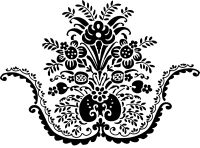
Related
Discover more from World4 Costume Culture History
Subscribe to get the latest posts sent to your email.

